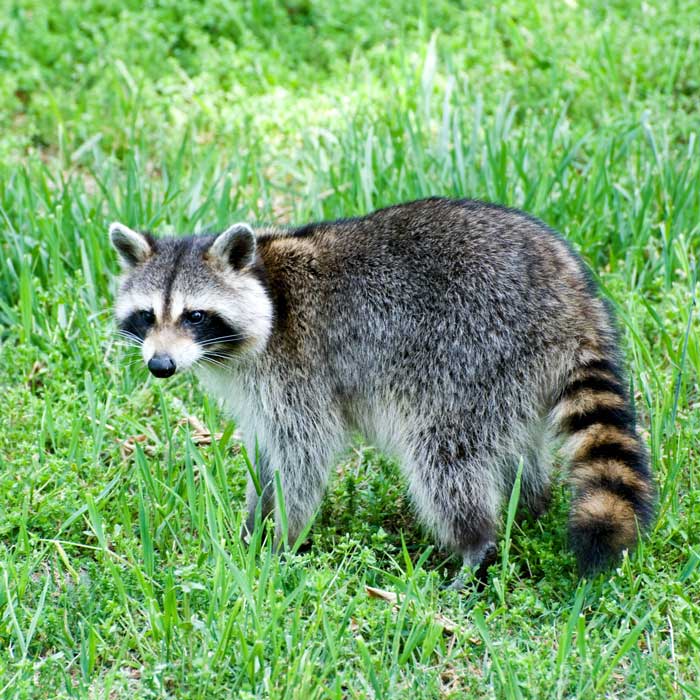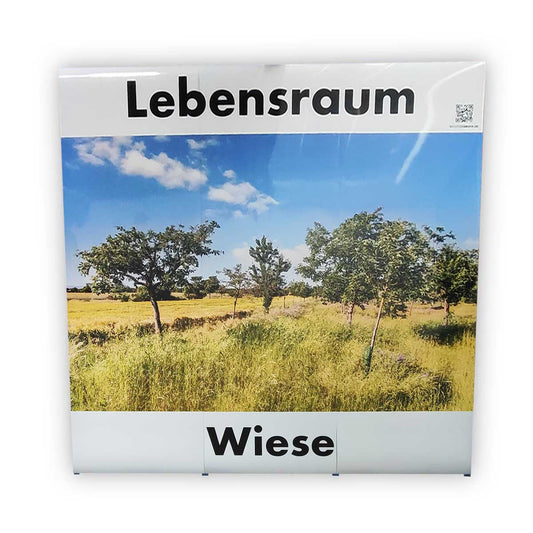
racoon
The raccoon, a versatile omnivore with a distinctive appearance, is found in a variety of habitats and has become established as an invasive species in some regions. This fact sheet provides a detailed overview of the raccoon's biology and lifestyle and highlights the importance of its protection and responsible management in areas where it poses a potential threat to local fauna.
racoon Products
-
Animal display raccoon
Regular price From 49,90€Regular priceUnit price / per -
Animal display raccoon - outdoor set
No reviewsRegular price 65,50€Regular priceUnit price / per -
Pop-Up Wall "Forest Habitat"
No reviewsRegular price 300,00€Regular priceUnit price / per -
Pop-Up Wall "Forest Habitat"
No reviewsRegular price From 1.200,00€Regular priceUnit price / per -
Wildlife Sticker Set
No reviewsRegular price From 9,90€Regular priceUnit price / per
Profile: racoon
-
Scientific classification
- Class: Mammals (Mammalia)
- Order: Carnivora
- Family: Procyonidae
- Genus: Procyon
- Species: P. lotor (raccoon)
-
Physical characteristics
- Size: Body length of 40-70 cm
- Tail length: 20-40 cm
- Weight: 5-12 kg
- Special features: Mask-like facial markings, bushy tail with ring-shaped stripes, dense grey-brown fur with black and white spots, dexterous front paws.
-
Habitat and distribution
- Common regions: North America, Europe, Asia
- Habitat: Diverse, from forests to urban areas to wetlands and agricultural land.
-
Nutrition
- Diet: Omnivorous
- Typical diet: fruits, nuts, berries, invertebrates, small vertebrates, garbage and human food.
-
Reproduction and lifestyle
- Mating season: Spring
- Gestation period: Approx. 60-70 days
- Litter size: 2-5 young per litter
- Lifestyle: Nocturnal, skilled climbers, territorial, socially organized in groups (clans).
-
Lifespan and protection status
- Life expectancy: 2-3 years in the wild, up to 20 years in captivity
- Endangered status: Least concern, invasive species in some regions with negative impacts on local ecosystems and food chains.
- Protection measures: Control of populations in areas at risk of invasion, raising awareness of responsible disposal of waste and food.





